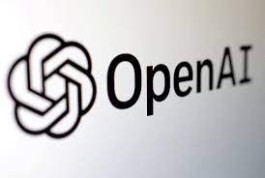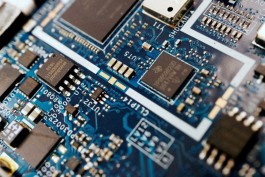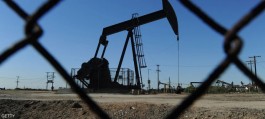This makes 5G technology ideal for transmitting information from remote sensors and drones, which are the main tools that farmers can use to turn their daily efforts into automatic. p>
Drones that use 5G technology can help improve potato production in the Netherlands. As for Japan, 5G technology sensors are used to monitor temperature Water and salt concentration in oyster farms.
Intelligent Cow Tracking App
A smart phone initiative was launched in the United Kingdom in March, allowing farmers to track a cow and receive daily updates on its health and behavior.
The system, which is tested on cows at the Agri-Epi Center in Somerset, England, is funded in part by a grant from the United Kingdom government and with the support of the technology company Cisco , As the cows wear 5G collars, send data to the app on everything from what they eat to the way they sleep, so farmers can keep track of the information up to date, and pass it on to veterinarians or dietitians.
This technique can help irrigation systems work at the optimum time during the day, or graze livestock in areas that provide the best nutrition. By improving efficiency, it will be possible to produce more food.
The Food and Agriculture Organization of the United Nations, the Food and Agriculture Organization of the United Nations, expects that in order to provide food for the rapidly growing world population, the planet will need to increase 70% of food production in 2050, compared to 2009.
To respond to these demands, farmers will need new technologies to produce more less land, with fewer workers, according to one of the reports released by the organization. >
Here comes the role of automatic work. In 2017, the 5GRural Project became the first of its kind in the world, which grows and harvests a crop without the need for humans, as tractors are self-cultivated. Seed control, drones monitor crops with sensors, and take sample machines to assess fertilizer and pesticide status.
and done ...









































